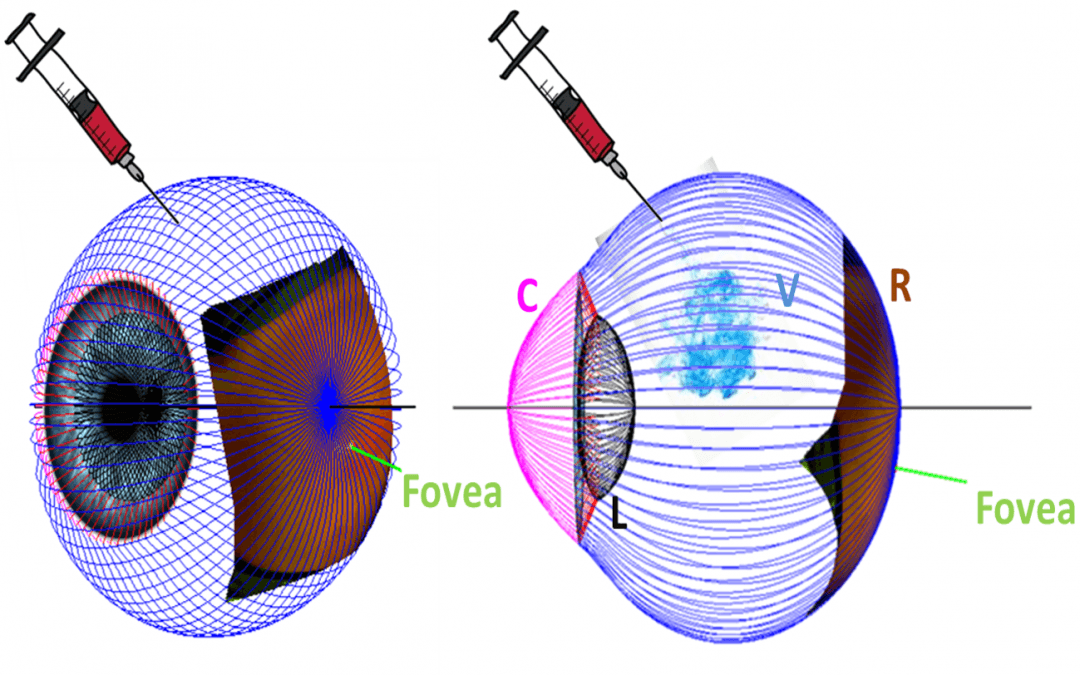
by nata004 | Jul 31, 2018 | Ageing Vision, Physiological optics of the eye, Research
Age-related macular degeneration (AMD) is the leading cause of blindness in New Zealand, affecting 184,000 people in 2014, costing $391.1 million in 2016, or $19,825 per patient. Anti-VEGF injection is the most effective way to control AMD progression, which is...
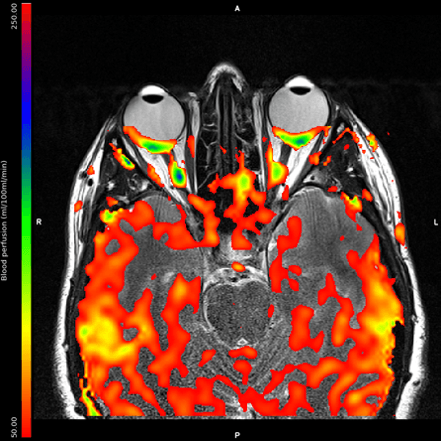
by nata004 | Jul 31, 2018 | Ageing Vision, Physiological optics of the eye, Research
Retinal ischemia plays a significant role in the pathogenesis of age-related macular degeneration (AMD) and Diabetic Retinopathy (DR) — two of the most common sight-threatening diseases in the developed world. Treatments for these conditions are limited, and there is...
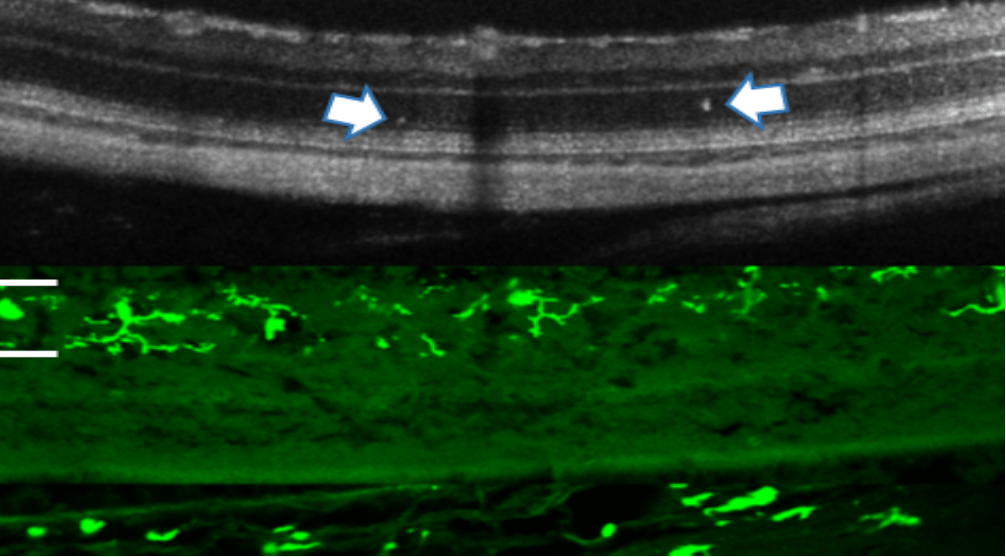
by nata004 | Jul 31, 2018 | Ageing Vision, Physiological optics of the eye, Research
Diabetes is a long-term condition that describes a group of metabolic diseases caused by high sugar levels. In the eye, high blood sugar causes damage to small blood vessels, which swell and may leak fluid. We have identified that even minor blood vessel leakage...
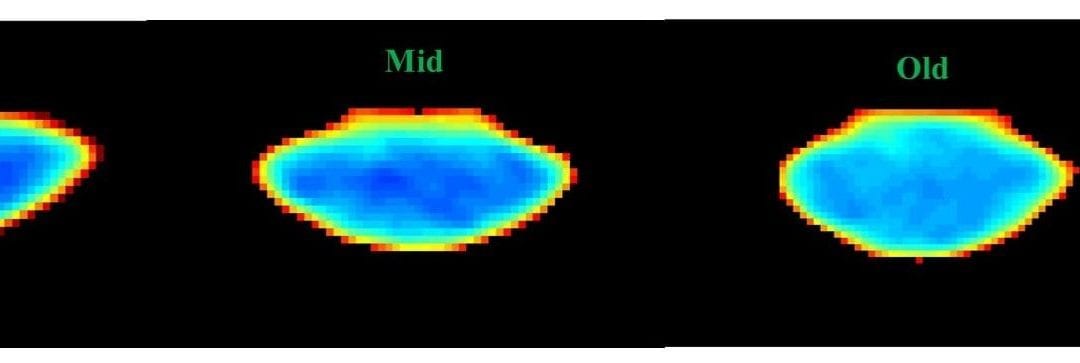
by nata004 | Jul 31, 2018 | Ageing Vision, Physiological optics of the eye, Research
The lens physiological optics depends on its water and protein contents. The lens physiological optics alters with ageing, leading to the onset of presbyopia and nuclear cataract. The mechanism behind remains uncertain, owing to lack of non-invasive tools for...
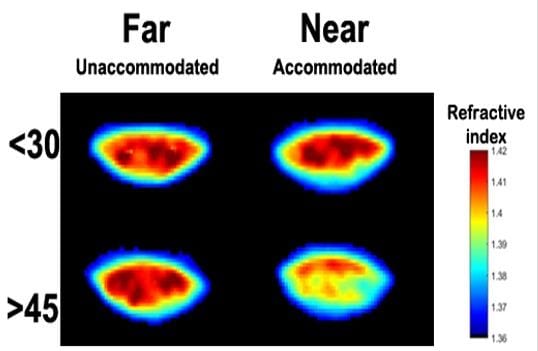
by nata004 | Jul 31, 2018 | Ageing Vision, Research
Presbyopia, or the loss of accommodation power of the human lens, leads to the loss of clear near vision in adults >45 years old. This study investigates how the lens changes shape, position, and internal properties as we change viewing distance, and how this...





